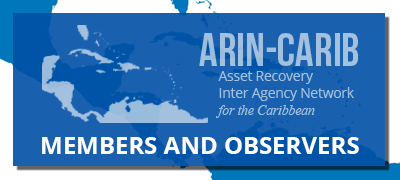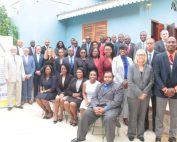Country Profile: St Martin

Economy: The economy of Saint Martin centers on tourism with 85% of the labor force engaged in this sector. Over one million visitors come to the island each year with most arriving through the Princess Juliana International Airport in Sint Maarten. The financial sector is also important to Saint Martin’s economy as it facilitates financial mediation for its thriving tourism sector. No significant agriculture and limited local fishing means that almost all food must be imported. Energy resources and manufactured goods are also imported, primarily from Mexico and the US. Saint Martin is reported to have one of the highest per capita income in the Caribbean. As with the rest of the Caribbean, Saint Martin’s financial sector is having to deal with losing correspondent banking relationships.
In September 2017, Hurricane Irma destroyed 95% of the French side of Saint Martin. Along the coastline of Marigot, the nerve center of the economy, the storm wiped out restaurants, shops, banks and open-air markets impacting more than 36,000 inhabitants.
More From This Country
Translate This Website
Member Login
Latest News
Jamaica is to take over the presidency of the Asset Recovery Inter-Agency Network for the Caribbean (ARIN-CARIB) in 2019.
Past President (January 2019 – December 2019) The seat is currently held by St Vincent and the Grenadines. ARIN-CARIB is an informal [...]
New Tool To Fight Crime In The Caribbean Launched
The Organization of American States (OAS) says its General Secretariat has applauded Thursday’s launch of the Asset Recovery Inter-Agency Network in the Caribbean (ARIN-CARIB). [...]



















